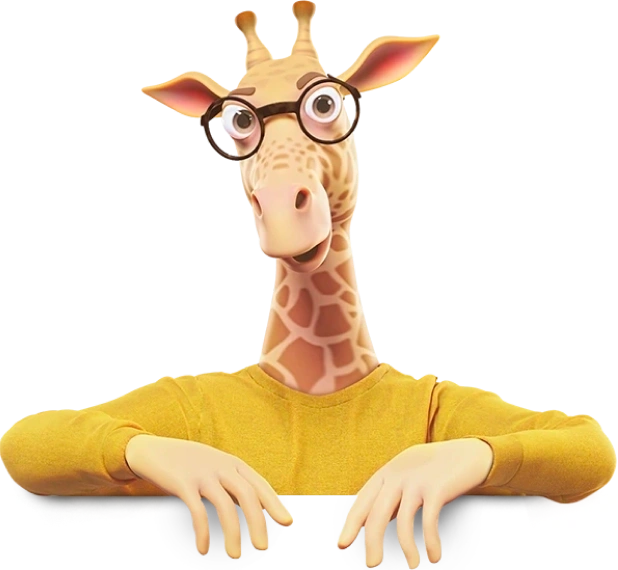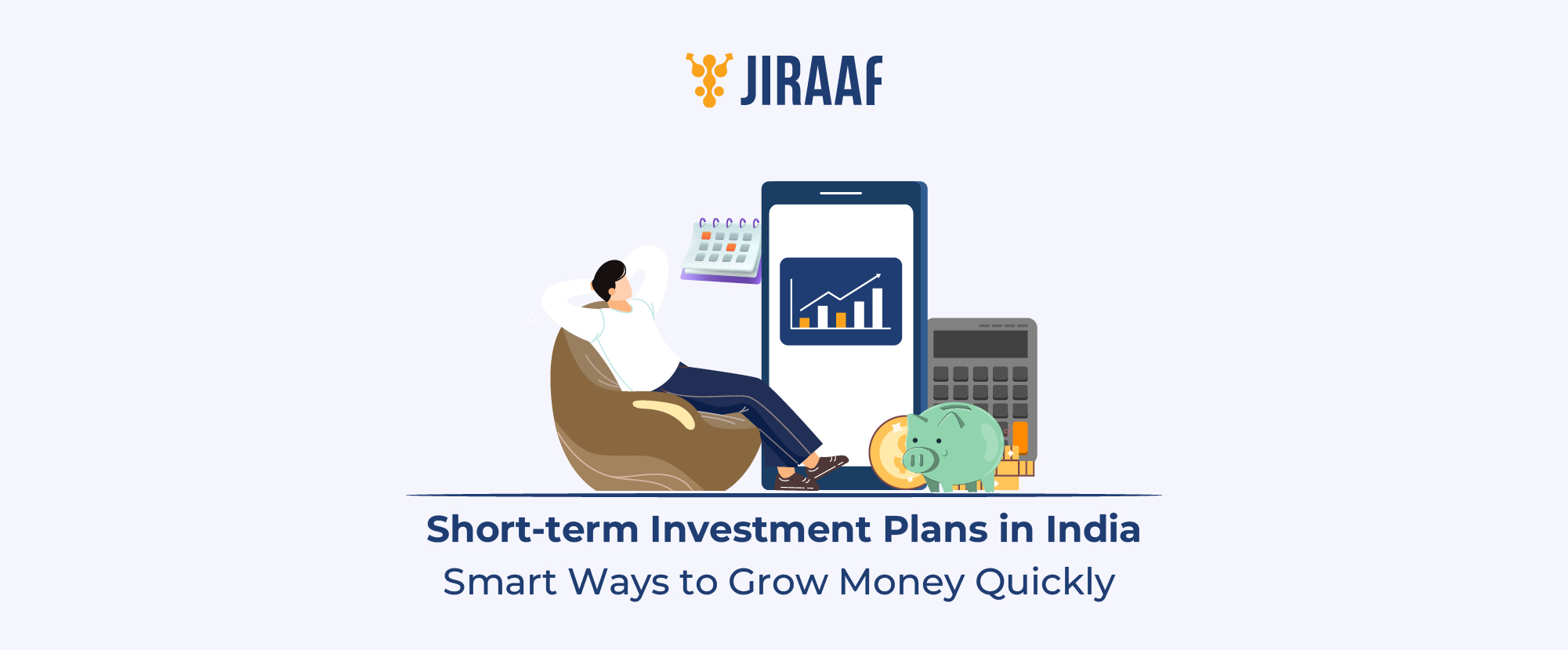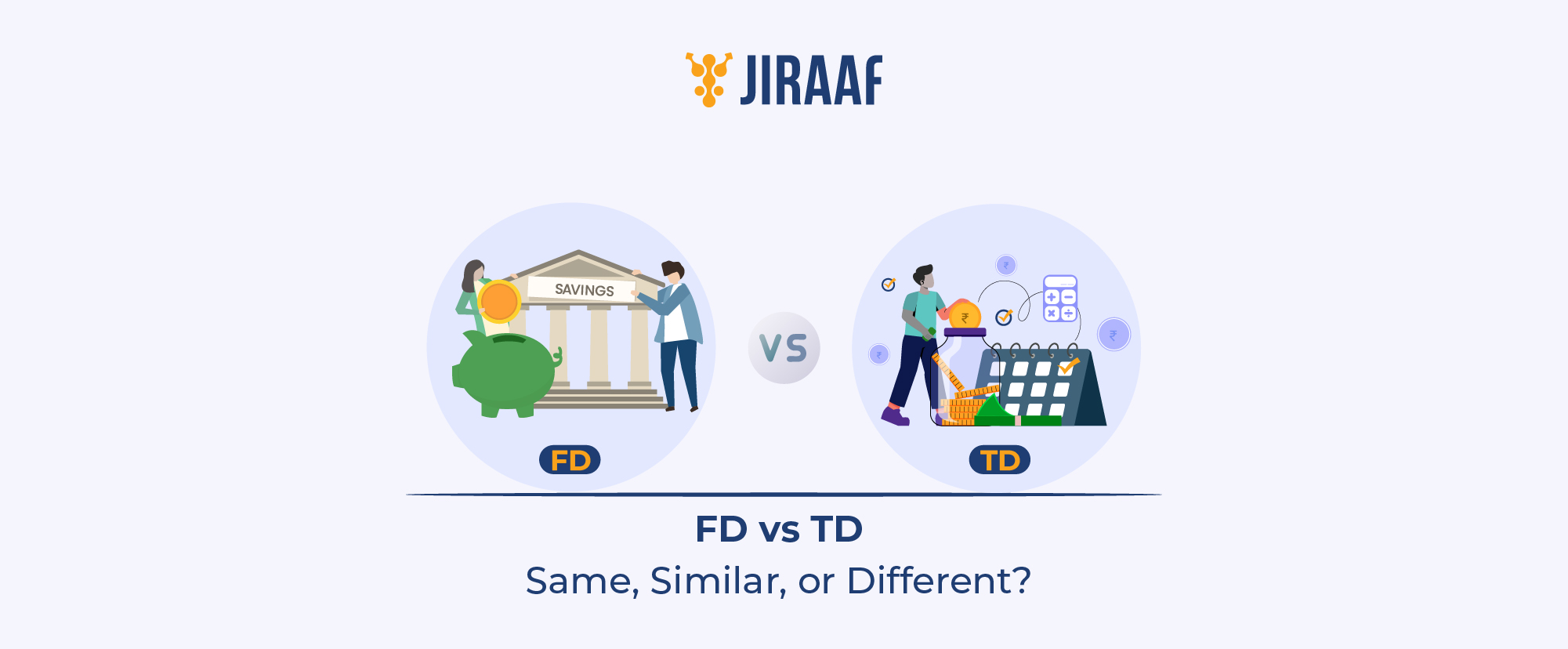Planning for your daughter’s future is one of the most meaningful financial goals you can set. The Sukanya Samriddhi Yojana (SSY) is a small savings scheme introduced by the Government of India as part of its “Beti Bachao, Beti Padhao” initiative. This account offers high interest, tax benefits, and long-term security. Here’s a complete guide to understanding the scheme in 2025.
What is Sukanya Samriddhi Yojana?
Sukanya Samriddhi Yojana (SSY) is a government-backed savings scheme specifically designed for the welfare of the girl child. Launched in 2015, SSY encourages parents or legal guardians to build a secure financial future for their daughters through disciplined, long-term savings.
Beyond being a financial product, SSY also serves a broader social objective—promoting financial inclusion, gender equality, and female education across the country.
Key Highlights:
- Interest Rate (2025): 8.2% p.a. (compounded annually)
- Tenure: 21 years from the date of account opening
- Minimum Deposit: ₹250 per annum
- Maximum Deposit: ₹1.5 lakh per annum
- Tax Benefits: Full exemption on deposit, interest, and maturity amount under Section 80C (EEE category)
SSY is one of the most rewarding savings schemes in India for girl children due to its tax efficiency and high guaranteed returns.
Sukanya Samriddhi Yojana Benefits
- High Interest Rates: One of the highest rates among small savings schemes. It’s compounded annually and revised quarterly by the Ministry of Finance.
- Example: If you invest ₹1,000 per month for 15 years at 8.2% interest, you could accumulate over ₹3.8 lakh by the time the account matures.
- Triple Tax Exemption (EEE):
- Exempt on Investment: Contributions are deductible under Section 80C (up to ₹1.5 lakh/year)
- Exempt on Interest: No tax is levied on the interest earned
- Exempt on Maturity: Full maturity amount is tax-free
- This makes SSY more tax-efficient than many other 80C options like FDs or ELSS, especially for long-term savings.
- Long-Term Wealth Creation: Small, consistent savings can create a significant corpus for a daughter’s higher education or marriage expenses.
- Affordable and Accessible: With a minimum deposit of ₹250, the scheme is inclusive for all income groups.
- Security: Being a government-backed scheme, it carries zero default risk.
- Flexibility: Deposits can be made in a lump sum or in multiple installments throughout the financial year (maximum 12).
- Partial Withdrawals: Up to 50% of the account balance can be withdrawn once the girl turns 18 for higher education purposes.
- Example: If your account has a balance of ₹4 lakh when the child turns 18, you can withdraw up to ₹2 lakh to cover tuition or hostel fees.
- Nomination and Transfer: Accounts can be transferred across India if the depositor relocates, and nominees can be declared for added security.
Sukanya Samriddhi Yojana Interest Rate (2025)
The interest rate under SSY is set by the Government of India and revised quarterly.
Historical Rates:
| Financial Year | Interest Rate (%) |
| Q1 FY 2025-26 | 8.2 |
| Q4 FY 2023-24 | 8.0 |
| FY 2022-23 | 7.6 |
| FY 2019-20 | 8.5 |
Current Comparison (2025):
- Sukanya Samriddhi Yojana: 8.2%
- Public Provident Fund (PPF): 7.1%
- National Savings Certificate (NSC): 7.7%
Analysis: With an 8.2% interest rate, SSY not only beats inflation but also outperforms other small savings instruments in post-tax returns, thanks to its EEE status.
Eligibility Criteria & Age Limit
To ensure the benefits reach the intended demographic, SSY has defined clear eligibility conditions:
Who Can Open:
- Only resident Indian parents or legal guardians can open an account for a girl child.
- A maximum of two accounts per family is allowed. (Exception: In case of twin/triplet daughters, a third account is permitted.)
- Example: If a couple has twin girls and later gives birth to another daughter, they can open accounts for all three.
Age Limit:
- The girl child must be below 10 years of age at the time of account opening.
Deposit Tenure:
- Contributions can be made for 15 years from the date of account opening.
- The account matures after 21 years or upon the girl’s marriage (after she turns 18).
Documents Required for Sukanya Samriddhi Yojana
To open an SSY account, the following documents are necessary:
- Birth Certificate of the girl child (mandatory)
- Identity Proof of parent/guardian (Aadhaar Card, PAN Card, Passport, etc.)
- Address Proof of parent/guardian (utility bill, Aadhaar, voter ID)
- Photograph of the child and guardian
- Initial deposit of minimum ₹250 via cheque, demand draft, or cash
All documents must be self-attested and submitted at the time of account opening.
How to Open a Sukanya Samriddhi Yojana (SSY) Account
Offline Process:
| Step | Task |
| 1 | Visit authorized bank/post office |
| 2 | Fill SSY account opening form |
| 3 | Submit KYC documents and birth certificate |
| 4 | Make an initial deposit (min ₹250) |
| 5 | Collect passbook for account reference |
Online (via IPPB App):
- Download the India Post Payments Bank (IPPB) mobile app.
- Register and link your existing bank account.
- Select DOP Products → Sukanya Samriddhi Yojana.
- Enter the SSY account number and customer ID.
- Set up auto-debit for regular contributions.
- Receive notifications for every successful deposit.
Note: Currently, full online opening is not available across all banks, but digital contributions streamline account maintenance.
Conclusion
The Sukanya Samriddhi Yojana is more than just a financial product—it’s a step toward ensuring that every girl child in India has the financial support she needs for education and personal growth. With high interest, tax-free returns, and government backing, it stands out as one of the most reliable long-term investment tools for parents.
Early investment, even in small amounts, can result in a significant corpus at maturity. With its flexible contributions, powerful tax savings, and secure structure, SSY is a must-have component in every parent’s financial plan.
Frequently Asked Questions (FAQs)
What is the benefit of Sukanya Samriddhi Yojana?
High interest, triple tax exemption, and a secure corpus for your daughter’s future.
Can we withdraw money from Sukanya Samriddhi Yojana?
Yes, up to 50% can be withdrawn after the girl turns 18 for higher education. Full withdrawal is allowed after 21 years or on marriage (post 18).
How can I check my Sukanya account balance?
Via passbook updates at the post office or linked bank, or through the IPPB mobile app if auto-debit is set up.
Which is better, PPF or Sukanya Samriddhi Yojana?
Both have unique benefits. SSY is better for those with girl children under 10, offering higher returns. PPF is more flexible in usage and tenure.
Is Sukanya Samriddhi Yojana tax free?
Yes. It falls under the EEE category: investment, interest, and maturity are all tax-exempt under Section 80C.
Discover fixed income investments with Jiraaf, a SEBI registered online bonds platform that educates and brings access to a wide array of bonds. Sign up today to explore diversified fixed income investment opportunities to support your goal-based wealth creation journey. Start investing!









